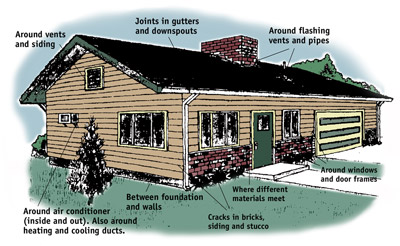I know I posted pretty much the same thing last week. Guess what I could pretty much post the same thing next week; and the week after that, and on and on. Still, the Gulf is in trouble and no one is offering answers.
Rocky Kistner’s Blog
As Dolphins Die, Gulf Residents Ask What About Us?
Willie Seaman of Irvington, AL, lays carpet and floors for a living. But last summer, as the BP well gushed thousands of barrels of oil daily into the Gulf, Seaman signed up with the BP cleanup program, working on a shrimp boat several miles off shore.
It was brutally hot and the smell of oil was putrid, Seaman remembers. His job was to use a net to try to pull in the thick, reddish BP crude that he says was up to a foot thick in places. Problem was, the white protective suits didn’t do much to keep the oil off, Willie recalls. Instead, he says they acted like absorbent pads, soaking up the oil that would rub against his skin.
Seaman says before long he started breaking out in blistery red hives on his hands and feet. The itching was so bad a coworker said Seaman would scrub his feet with a wire brush until his skin sloughed off like scales of a fish. Despite shots of steroids and numerous doctor visits, Seaman endured countless bouts of painful hives; and he still gets them, he says, especially after eating seafood from the Gulf. He also says he knows others who have broken out in hives after eating seafood.
“They took advantage of everyone down here because we were all poor and broke,” he says. “They told us in hazwhoper class that we didn’t have to worry about the toxins because the oil was weathered and there were no fumes. We’ll it was so bad my eyes were on fire and I had tears running down my throat.”
Seaman reports he got $12,000 from BP last year for lost wages and then took a $5,000 quick claim buyout from BP claims administer Ken Feinberg. “I needed the money, but now I can’t sue because I took the money,” he says.
:}
Go there and read more. You do not have to worry about the toxins. How sad. More tomorrow.
:}






